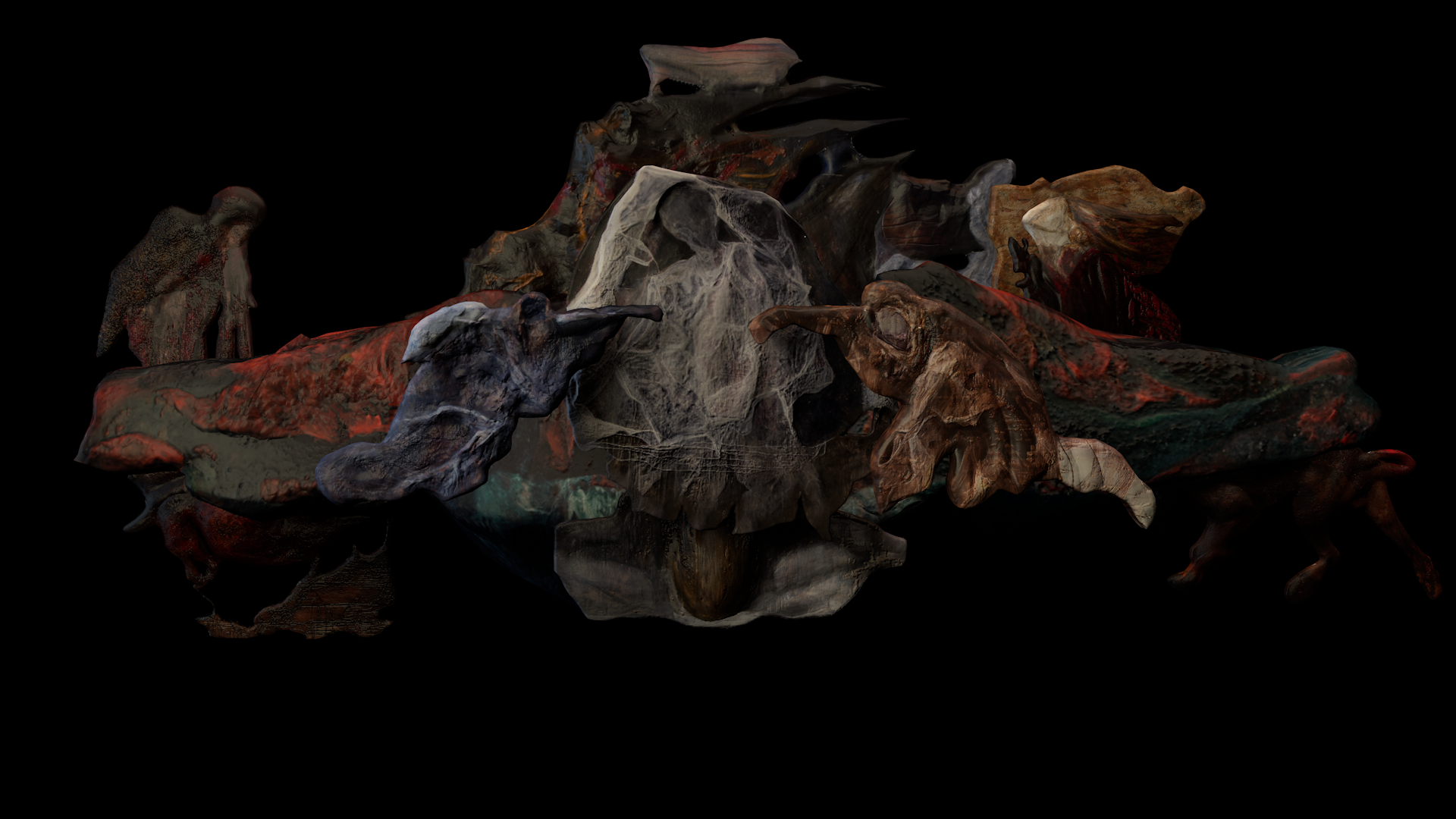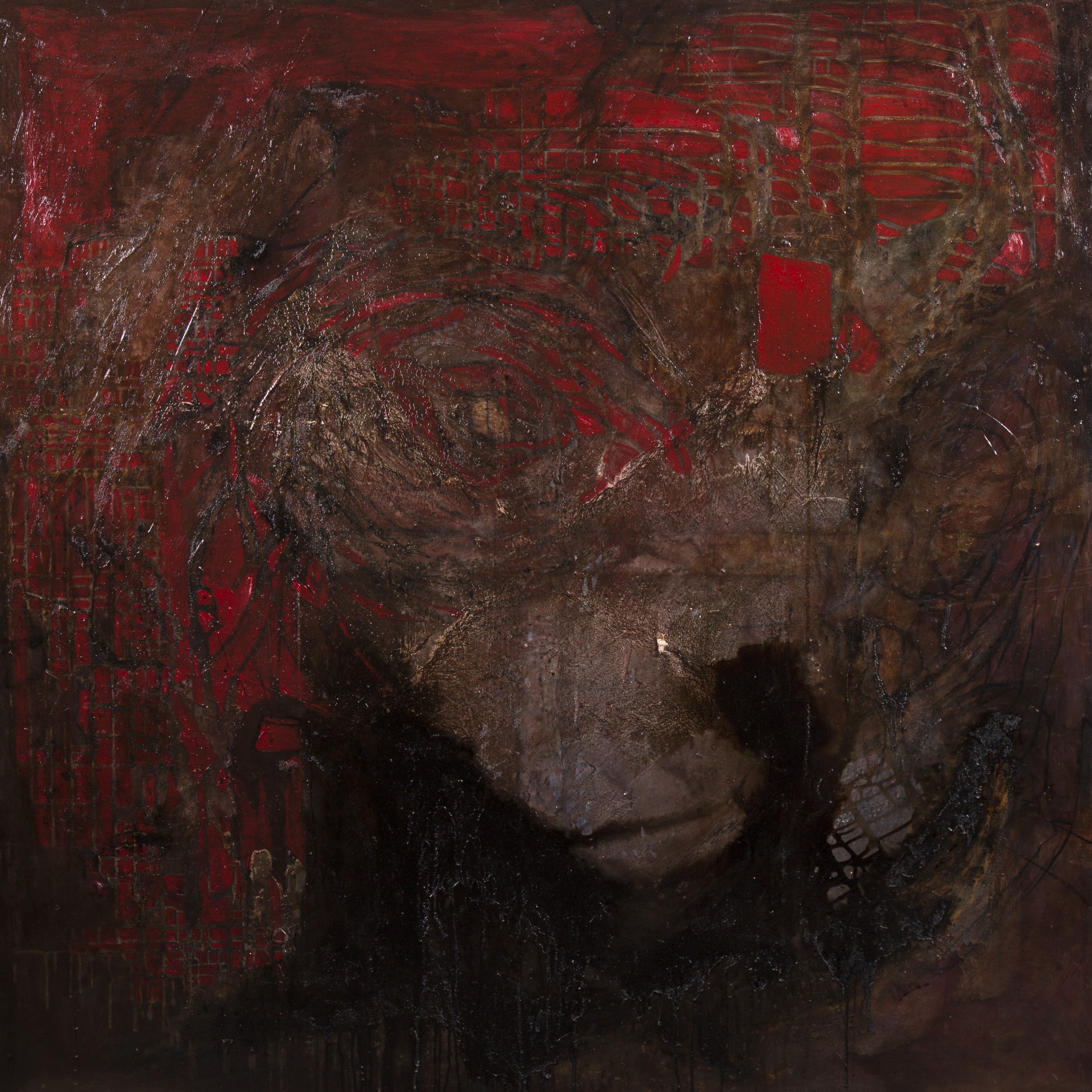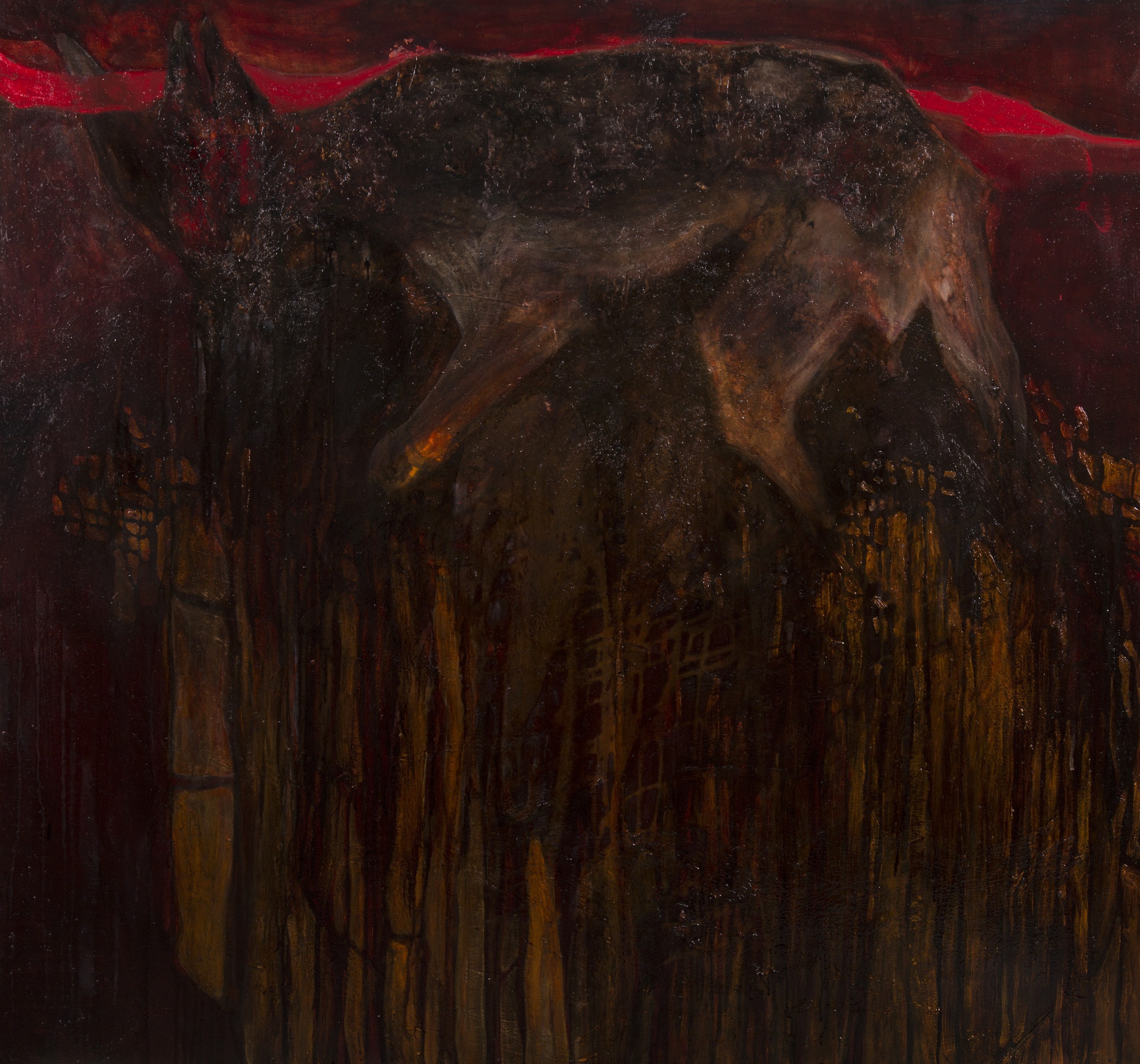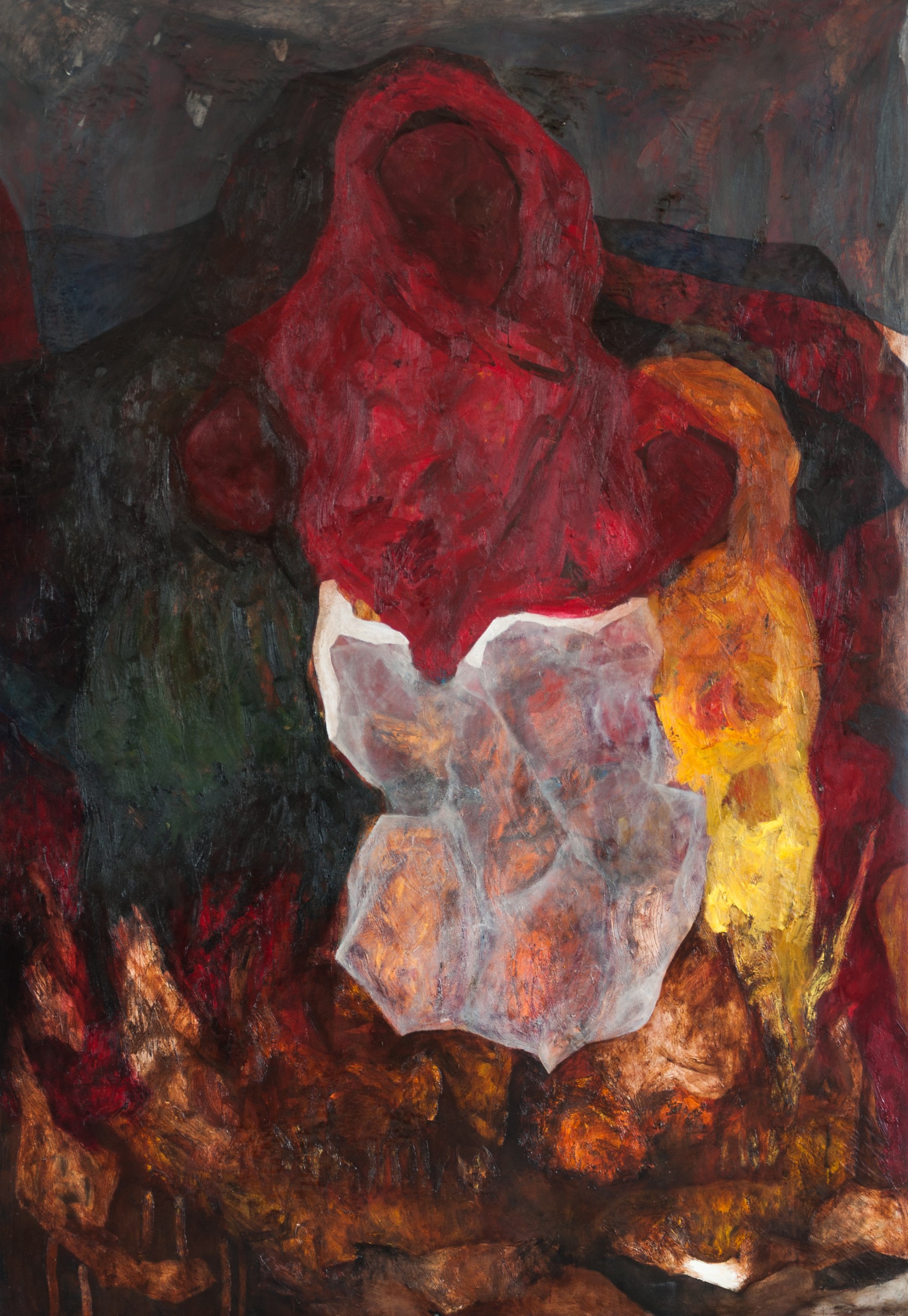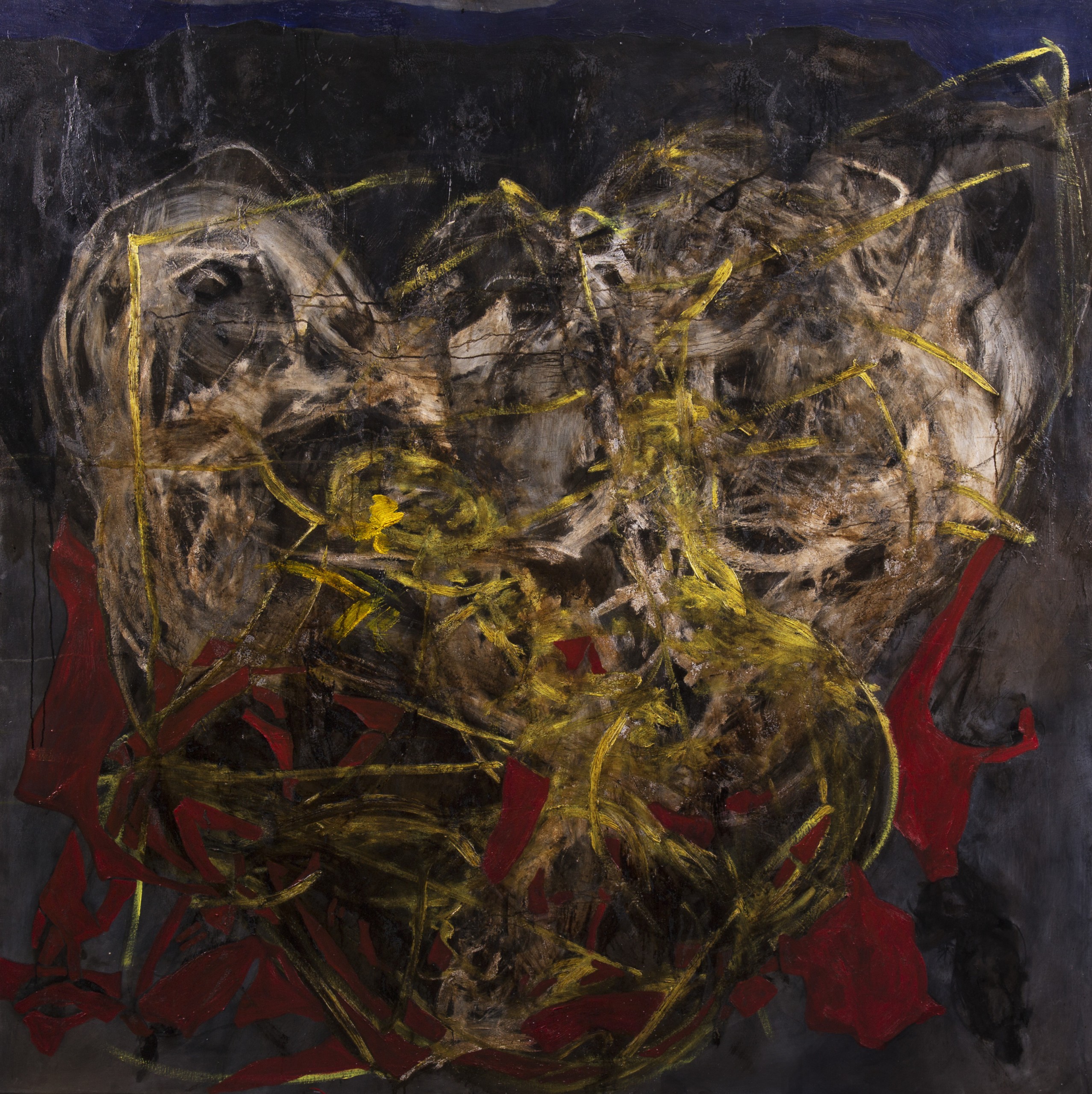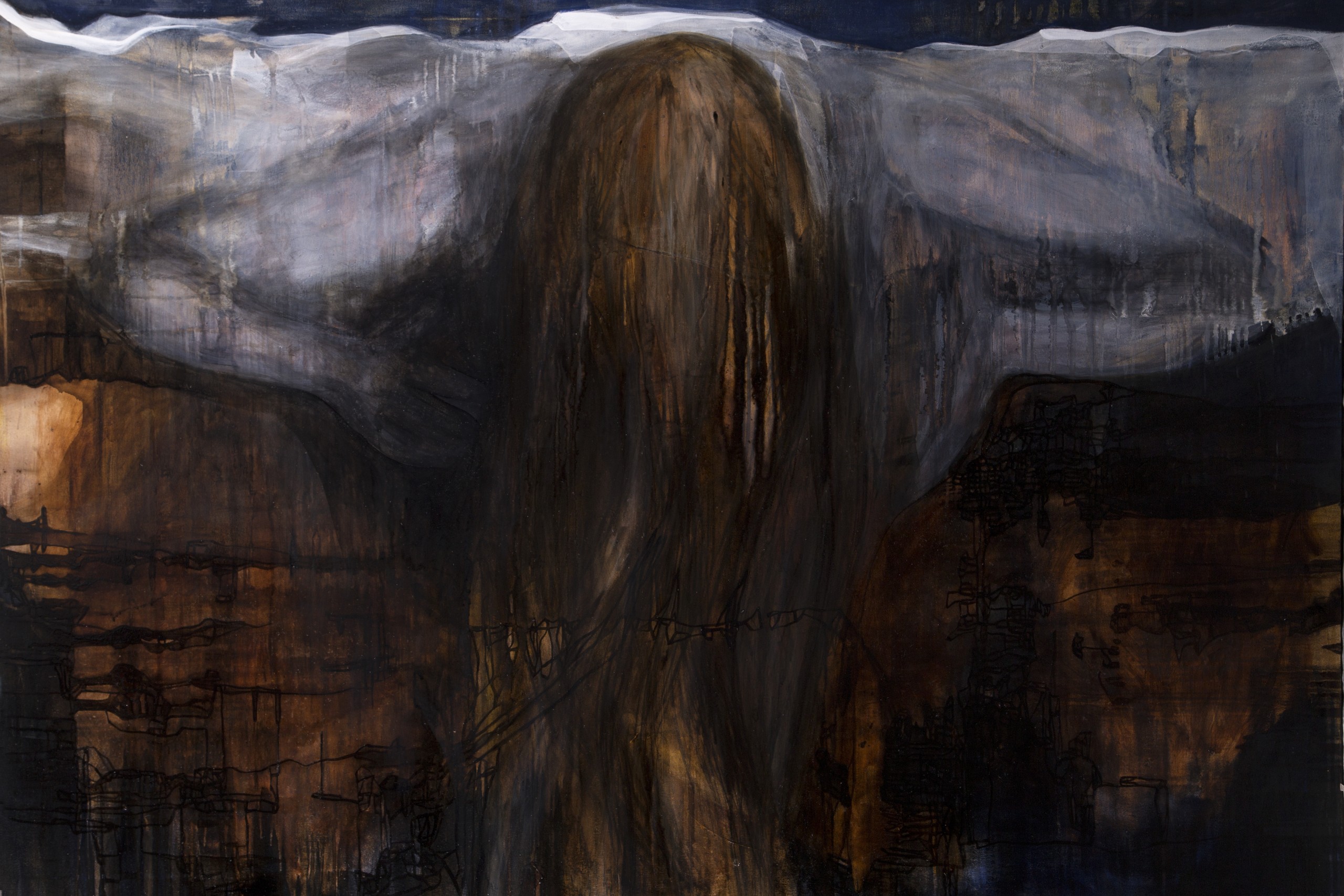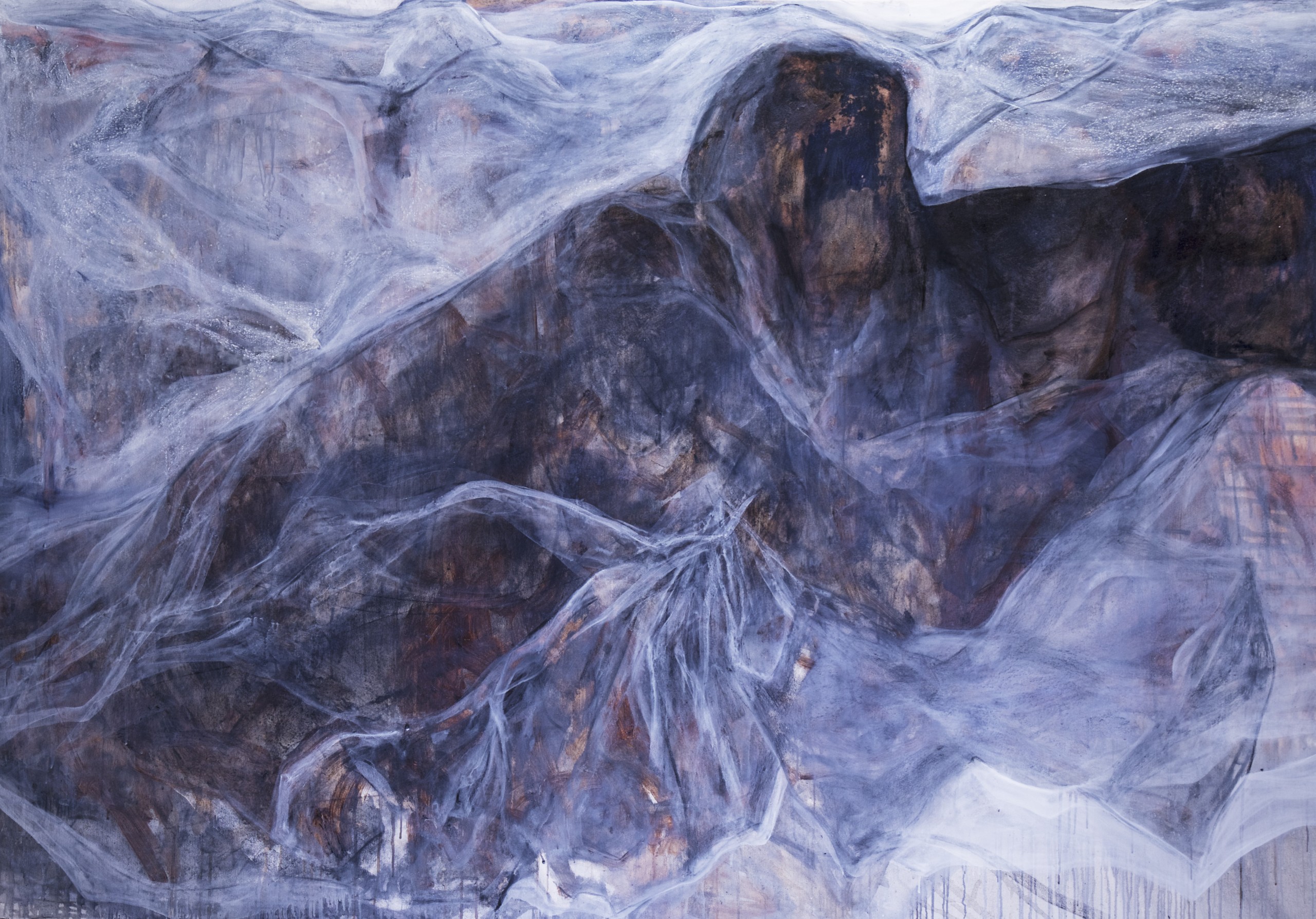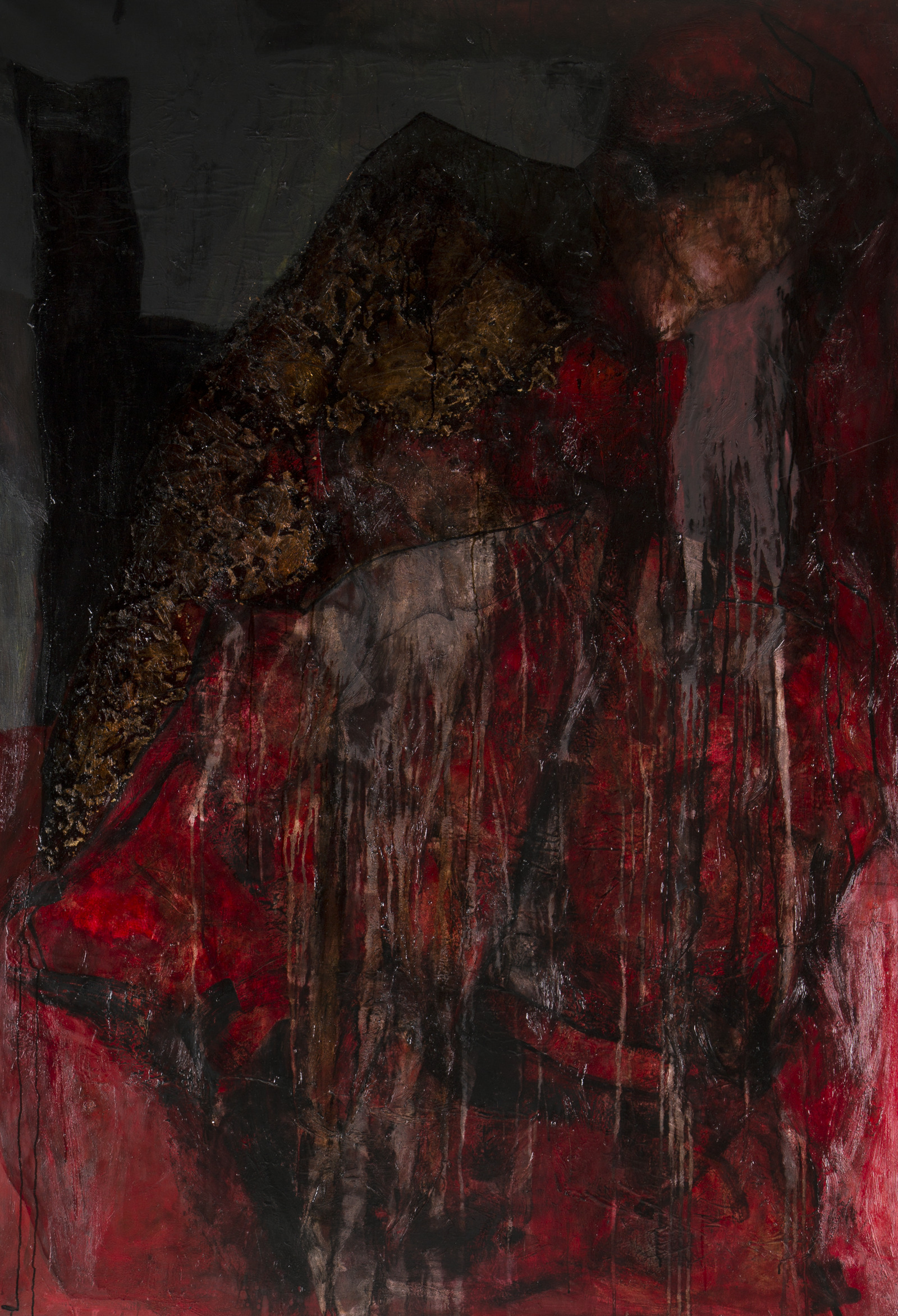Three-Dimensional Projection of Visual Art: A Philosophical Investigation into Temporal Consciousness and Aesthetic Memory
The irreversible temporality of human existence presents itself as a fundamental philosophical paradox, one that serves as the foundational inquiry for this artistic research. This investigation emerged from my Master’s thesis, Spatial Relationships within an Artwork, which materialised as an ambient installation at the Museum of Contemporary Art of Vojvodina in 2011. The central premise explores how past temporalities inhabit and expand within human consciousness, constituting the ontological foundation of my artistic practice.
My creative methodology centers on the phenomenological resurrection of temporal moments— those instances that transcend linear chronology to generate what Henri Bergson might term “pure duration.” This artistic endeavor refuses the entropy of forgetting, instead cultivating what I conceptualize as the “imaginative multiplicity of concurrent destinies.” The omnipresent confrontation with mortality, understood as the concealed death inherent in all living existence, becomes the generative force of creative expression. The paradox of existence reveals itself through consciousness’s simultaneous capacity for forgetting and its inherent fallibility. My imaginary life emerges as a construction of living memory, preserving the totality of experiential suffering. These artworks function as schematic manifestations of interiority and its dramatic fluctuations, transforming into sacred spaces— contemporary grails where communion with the tragically absent becomes possible. Tragedy becomes pedagogy, instructing the conception and enactment of authentic freedom.
The inception of this doctoral artistic project sought to construct what I term the “ultimate temporal artifact”—a composition of living truths from which all superfluity has been methodically eliminated. This process generates a unique aesthetic temporality, constructed from the indifference of surrounding temporal flows. The project transcends mere memorial collection by abandoning chronological linearity and personal nomenclature within the work itself. The insertion of the self into one’s own artwork constitutes the dissolution of boundaries between pictorial fiction and external reality. The presence of past within present becomes possible only through the simultaneous and identical experience of historical moments within contemporary consciousness. Pure remembrance, understood as spiritual memory, translates into a painted cycle projected through three-dimensional technology, thereby creating parallel reality—a domain where time achieves resurrection.
Part I: Research Framework
The initial section examines temporal conceptualisation across philosophical traditions, interpreting time through religious and mythological frameworks as manifestations of timeless reality. The relationship between pure memory and artistic expression receives detailed analysis, while temporal manipulation in visual art is demonstrated through exemplars relevant to this doctoral investigation. This analysis extends to philosophical dissection of the artistic object, progressing from spatial perception of painting to the dialectical relationship between artist and artwork, and subsequently between observer and aesthetic object. The research concludes with a comprehensive definition of contemporary multimedia environments, their construction methodologies, and emerging trends.
Part II: Methods and Results of Artistic Research
The second section explicates my creative procedures and presents the painted cycle alongside video and audio components, as exhibited in my doctoral art project at Progres Gallery, Belgrade, June 2016. My artistic investigation encompassed the pursuit of aesthetic expression in presenting resurrected temporal paintings through diverse procedural approaches employed both within the pictorial works and in audio-visual compositions. This included examination of conventional technique possibilities, analysis of innovative material and procedural applications, chromatic selection theory, and the synthesis of traditional methodologies with contemporary technological solutions.
Conclusions and Implications
The culmination of this research on selected subject matter and aesthetic expression methodology results in the creation of ambient art that generates personal resurrected time. This work aspires to function as a spiritual antidote to social toxicity—an aesthetic alternative to moral nihilism. Through inventive approaches to artistic expression, I endeavor to expand the qualitative boundaries of visual arts. The installation of individual self in relation to collective humanity represents a procedure of auto formation, whose ultimate objective is the attainment of absolute creativity. This practice transforms the personal into the universal, the temporal into the eternal, and the mortal into the transcendent through the alchemical process of aesthetic transformation.
This work contributes to contemporary discourse on temporal aesthetics, phenomenological art practice, and the relationship between memory and creative expression. By employing three-dimensional projection technology as a medium for painted resurrection, the project establishes new paradigms for understanding how visual art can manipulate temporal perception and create alternative realities within gallery spaces. The philosophical implications extend beyond aesthetic theory into existential phenomenology, suggesting that art functions not merely as representation but as actual temporal manipulation—a technology for experiencing impossible temporalities and accessing the irretrievably past through aesthetic presence.
